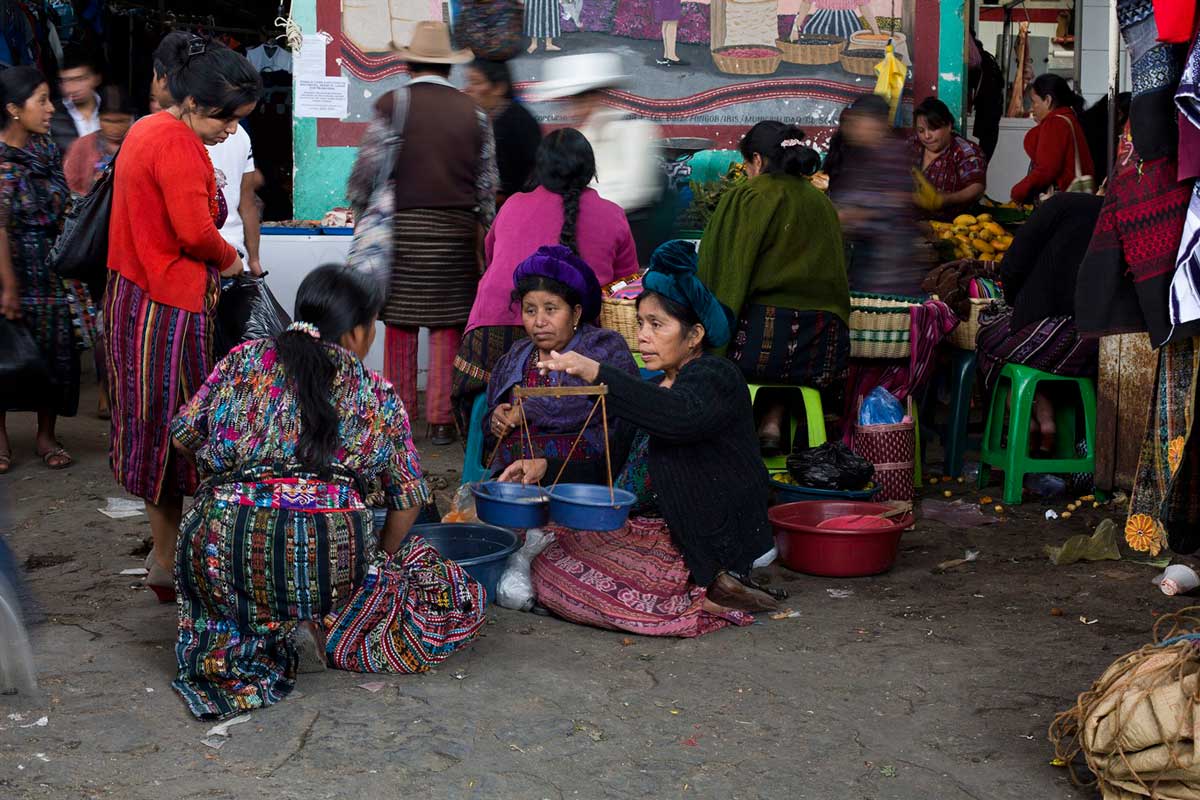In the sacred book or the bible of the K'iche Mayans, the name of Ixquic is well known, this goddess is also known as Xkik 'or Mayan mother goddess of the Underworld Xibalba, she is the one who gave birth as a virgin to two twin gods called Hunahpú and Ixbalanqué. The beliefs of the Mayans about death consisted that, when they died, they only left the earthly level to go to another, and one of these levels is the Mayan underworld called "Xibalbá"
Antigüeña Blogs maya
School's
Posts Results for: maya
Mayan Gods Hunahpu and Ixbalamque
Aug 01, 2021 |
In the second part of the Popol Vuh, he takes us to an era before the creation of man in ancient times where only the gods existed, and he tells us the story of two twin Mayan gods called Hunahpu and Ixbalanque, known as heroes for defeating evil.
Hunab Ku Mayan God
Jul 18, 2021 |
Hunab Ku is a Mayan divinity, recognized within this culture as "The Only God". His name, in Mayan, is Hunab Ku, which translates "solitary god"; his roots are "hunab", which means solo, and Ku, which means plumage. Hunab Ku in the Mayan religion was very important because they considered it the heart that coordinated the entire universe, it was the source of energy that connected all living beings and who transmitted the information of everything.
Ixchel Mayan Goddess
Jul 10, 2021 |
Ixchel represents women and femininity in the Mayan culture. Also known as the Goddess of the Moon, Ixchel according to Mayan mythology is the goddess of love, pregnancy, water, textile work and even medicine. She is one of the most important goddesses of the Mayans because of her different powers. This goddess is the wife of the solar god and is identified with the goddess I. She has been portrayed with a rabbit next to her.
Itzamná Mayan God
Jun 19, 2021 |
Despite being one of the most important Mayan gods in its history, there is not much to say about him. Also known as Zamná, Itzamna is the God of the Sky, Ruler of Day and Night. According to legend, this God taught the Mayan civilization the use of language, take care of the Corn and using calendars, among many other things.
Mayan God Yum Kaax
Jun 12, 2021 |
Yum Kaax, is a name in the Mayan language to represent the god or deity of wild vegetation and as well as the guardian of its animals. He is known by other names such as Ah Mun, Yum K’aaz or Yum Uil according to other Mayan languages. This Mayan God is continually confused with the Corn God (God Eh).
Mayan Gods Guatemala
Jun 06, 2021 |
The Mayan culture stood out for its art, mathematics, astronomy and especially for its polytheistic religion, which means that they believed in many gods. In Guatemala the ruins, handicrafts and customs are witness to the mark left by the Mayans in today's culture.
Guatemalan Worry Dolls Tradition
May 09, 2021 |
WorryDolls or Muñequitas Quita Pena have been very popular in Guatemala for a long time due to the ancient beliefs and mythology of the post-Mayan era. Currently you can find these dolls at any handicraft market in Guatemala. These little dolls are characterized by being very small, their design represents the indigenous women of the region and they are called "chamulitas" since they belong to the "Chamula" ethnic group of Guatemala.
El Mirador Peten - Guatemala
Aug 26, 2019 |
El Mirador is undoubtedly one of the largest and most important Mayan cities, not to mention that it is also one of the oldest archeological sites in the world. It is located in the middle of a thick and almost unexplored jungle, in the municipality of San Andrés, Peten. The buildings and structures of this ancient Mayan city are part of the "Late Preclassic" period of Mayan history. Name The Mirador (The Viewer) was given by the way it was first discovered in 1926.
Cultural Ethnic Groups in Guatemala
Sep 17, 2018 |
Guatemala is a multi-ethnic and multilingual country, the country is divided into four ‘Culture Groups’ with 25 ‘ethnic groups’, the four culture groups are the Mayan, Ladina, Xinca (Xinka) and Garífuna.
Guatemala Mayan Culture
Mar 21, 2018 |
The indigenous (Mayan) people have lived in Central America for many centuries, and Guatemala is the epicenter. They are one of the many Pre-Columbian native people of Mesoamerica. The have occupy Guatemala mostly, Yucatan Peninsula and Belize (theas last two were part of Guatemalan territory in the past).








